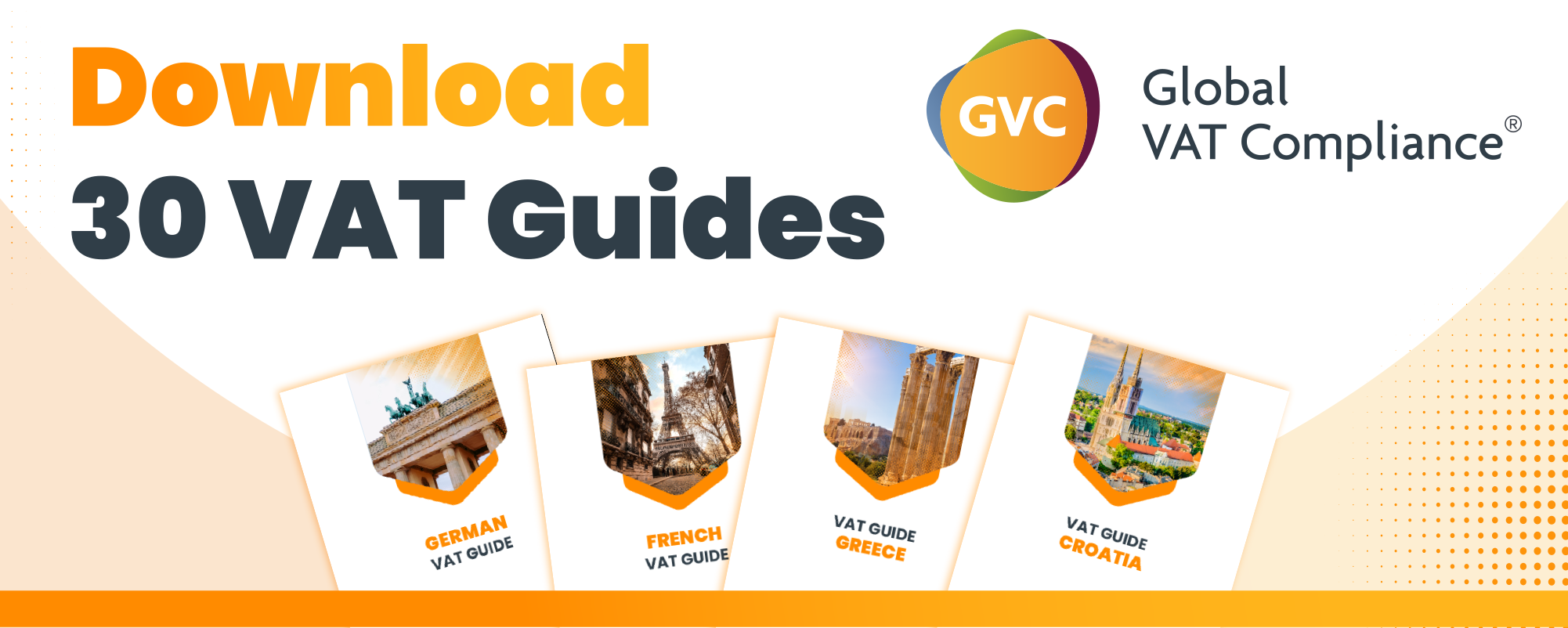- Commodity codes and related additional codes are essential for completing import or export declarations.
- The correct commodity code determines data elements, additional data elements, declaration categories, and required permits or approvals.
- Incorrect declarations can result in penalties, rejection, and loss of benefits.
- The commodity code consists of:
- Combined Nomenclature code (first 8 digits)
- TARIC code (digits 9 and 10)
- TARIC additional code (customs additional code)
- National additional code (VAT or excise additional codes)
- The length of the commodity code and the need for additional codes depend on the type of goods and declaration.
- The Combined Nomenclature code (first 8 digits) identifies the goods and determines the Customs Duty rate.
- The TARIC code (digits 9 and 10) provides additional detail and can affect duty and measures applied to goods.
- The TARIC code is only used on import declarations and is required for SPS controlled goods entering a customs warehouse.
- The TARIC additional code is used on import and export declarations when needed.
Source: gov.uk
Note that this post was (partially) written with the help of AI. It is always useful to review the original source material, and where needed to obtain (local) advice from a specialist.















